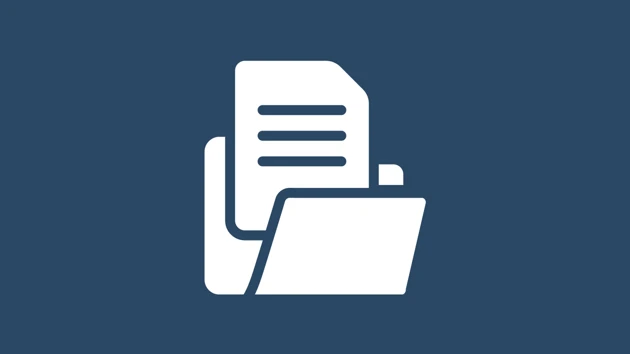Retention – Archiving
Retention means archiving forever, as opposed to storing (more on that later). Documents describing the purpose and scope of the project should generally be retained, as should published theses and reports. Information about what is to be retained is provided in the retention and deletion plan.
Data are to be retained if they fulfil one of the following criteria:
- intra-scientific value;
- value for another research field;
- value for scientific history;
- cultural and historical value;
- historical value related to an individual; or
- significant public interest.
The head of department makes the ultimate decision on whether data should be deleted (destroyed) or retained. The decision, which should be made in connection with the conclusion of the research project, is to be in writing and be registered. These documents are to be handled by the responsible department.
Deletion
To delete means to destroy official documents and may only occur based on a deletion decision. The retention and deletion plan constitutes the deletion decision.
Before documents can be destroyed, a certain amount of time must have passed, known as the retention period. For research data, this period depends on the type of research and funding. For research funded by EU funds, the period is 17 years, while pharmaceutical research has a period of 25 years. For other research, 10 years applies. Before research data can be deleted, it must be stored.
Storing data
Storing means to keep data until the data is deleted. If the data is to be deleted, it is stored for the period specified by the retention period. If the data is to be retained, it is stored forever. For digital data, its information classification determines what is a suitable storage medium. It is important that it is possible to access and control data throughout the period it is stored. Analogue documents are stored in archive boxes in an archive room.
Make backups
When research data is collected, processed or stored, there must be technical solutions that provide backup. At regular intervals, a copy of the data set should be saved and available in case something happens to the data at any point, so that the work is not lost. When deleting, backup copies are also deleted.
Read more about archiving and about retention and deletion plans
More information about archiving research material can be found in frequently asked questions. For more information about retention and deletion, see the retention and deletion plan.

Frequently asked questions about archiving research material
Answers to many of your questions about archiving and erasing research data.

Retention and deletion plan
The rules contain instructions for how to manage documents related to your research.
Would you like to come in contact with someone about archiving?
If you have questions regarding archiving or are unsure of who the archive coordinator at your department or unit is, contact the Registry and Archives by email at universitetsarkiv@umu.se.



